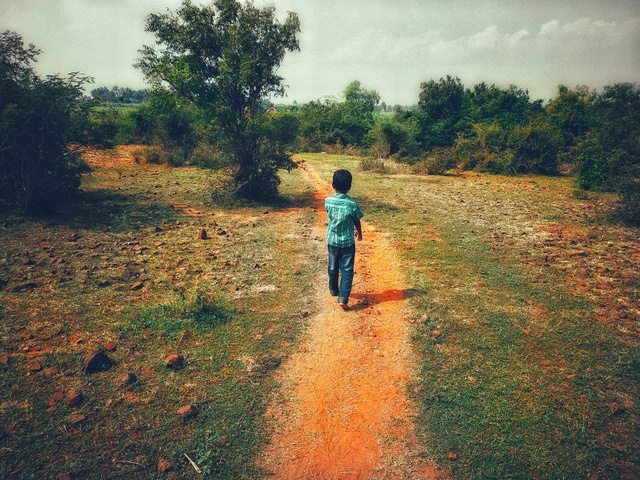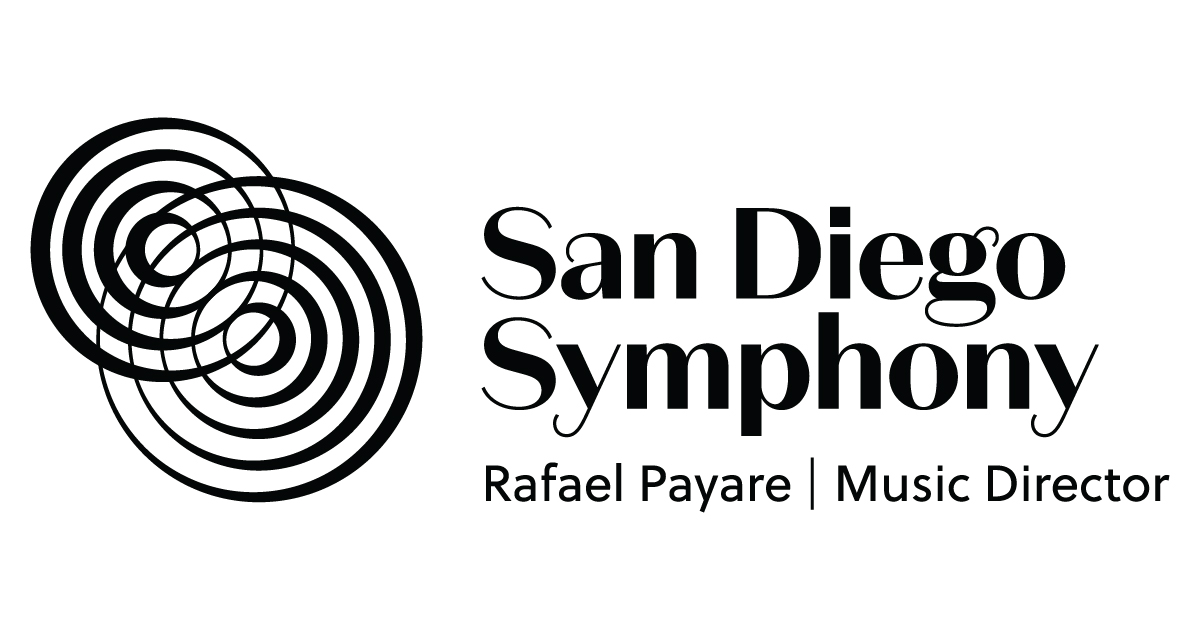Bringing a commission from page to stage

Behind every great composer stands a network of collaborators ushering a new composition into the world. Royalty once commissioned Mozart to create his masterpieces – even musical geniuses needed to pay the bills – and throughout history, there have always been patrons of the arts willing to support new music and always an audience eager to hear it. Now, symphonies, with the support of their generous donors, have the power to help artists create new work for modern audiences.
“We, as the symphony, can play an active role in giving birth to new masterpieces,” said Director of Artistic Planning Clement So. “We can be involved with the process of a muse and we can be a voice in bringing new music to the modern repertoire.”
The cycle of a commission
The life of a commissioned work begins with an organization asking a specific composer or artist to create a composition. In this case, the Symphony asked Mexican composer Javier Álvarez to write a piece for the Symphony to debut.
Álvarez collaborated with his friend and US poet laurate Juan Felipe Herrera on this project and they looked to a current social issue for inspiration.
“I knew I wanted to create a piece which would in some way deal with the calamitous phenomenon of immigration,” Álvarez says in his note on the composition.
The composition tells the story of an imaginary young immigrant child and because of San Diego’s proximity to the Mexican border, having this composition premiere in San Diego is especially poignant.
“It really was a natural fit for us to use a Mexican composer here in San Diego,” So said. “We believe the arts can reflect the wide world we live in, and this piece is particularly timely.”
While Álvarez began writing the first notes of what would later become Brazos de niebla (translated as “arms of mist”), the Symphony fundraising team submitted grant applications and met with potential donors to help bring this world premiere to an audience.
Their hard work paid off and Brazos de niebla is made possible through the grants from the Clarence E. Heller Charitable Foundation and National Endowment of the Arts, and this weekend’s concerts are sponsored, in part, by Dorothea Laub. These generous sponsors have played a crucial role in bringing this new work to life.
Sponsors typically help support the composer’s wages, rehearsal time and the talent for live performances.
Bringing our culture at the border to stage
This composition reflects the San Diego region on the stage. The piece calls for four vihuela players, which allowed the Symphony to reach out to local mariachi musicians to perform.
“These small strumming guitars pervade the music with a distinctive color which I trust acts as an additional symbol of the transcultural and transient territories implicit in the poetry,” says Álvarez.
This work also calls for the voice of a boy soprano to bring to life words from Herrera’s poem. Finding a boy soprano is no easy feat and it took a search throughout all of Southern California and beyond to find the right fit. The Symphony reached out to local organizations in San Diego and Los Angeles Counties and ultimately found a young singer from Tijuana named Gonzalo Ochoa. Discovering Ochoa from Tijuana was a delightful moment of serendipity in the search for a boy soprano.
There’s even more local layers to this collaboration – poet Herrera actually attended San Diego High School. Local mariachi musicians, a young Tijuana singer and the San Diego Symphony sharing the stage illustrates the poignancy of Álvarez’s composition and Herrera’s words.
After years of negotiating, planning, composing and rehearsing, Álvarez’s world premiere commission with the San Diego Symphony premieres November 1, 2 and 4 at Copley Symphony Hall.
This post was written by Marketing Content Editor Kelly Hillock.
Share Article
Back to all posts
